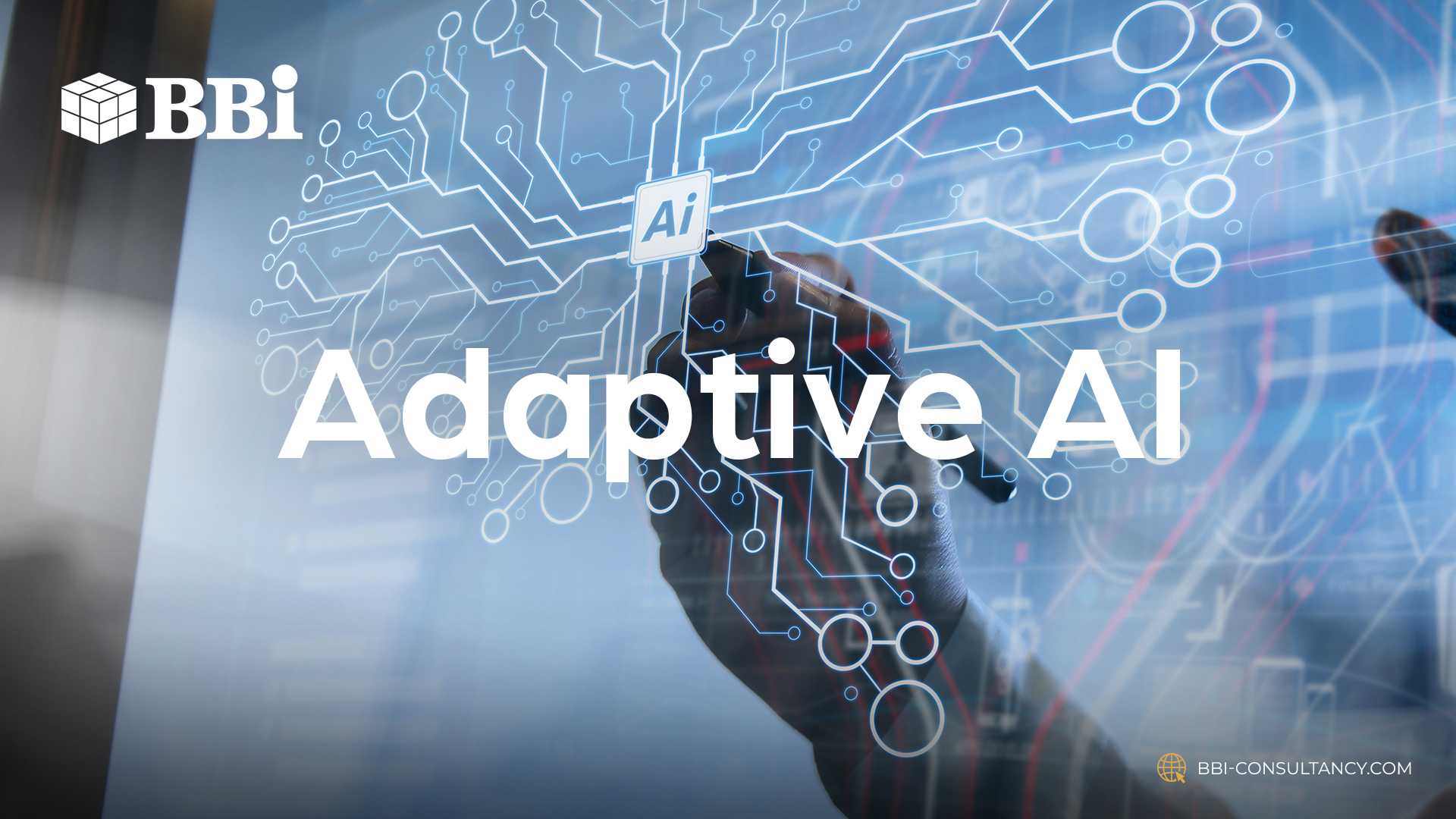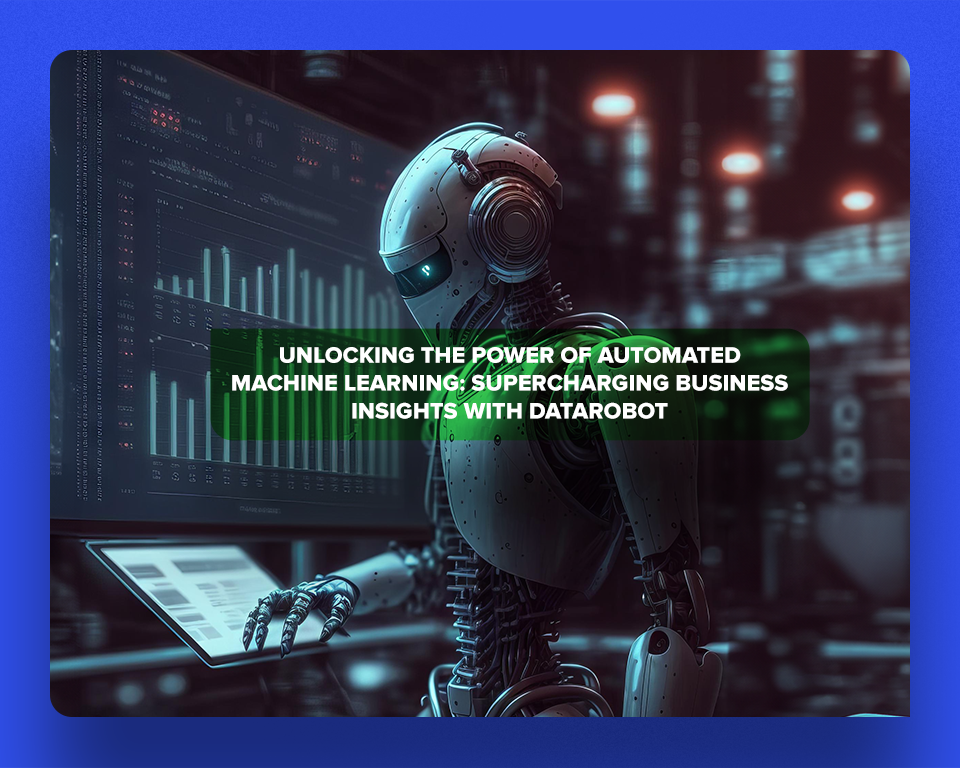

Traditional AI solutions are built on models that learn how to handle data in a certain way for real-world applications. Models generally consist of a training channel for collecting and grouping data and a prediction channel that establishes patterns as it analyzes these data.
However, these models are fixed or static, so they either become obsolete or require a human developer to restructure them when situations change. These conditions include changes in the system’s input, operational surroundings, or desired outcomes.
While traditional AI might be able to process new data without enhancing its old framework, adaptive AI updates itself as it handles evolving data over time.
4 Benefits of Adaptive AI
Unlike traditional solutions, adaptive AI is equipped with retraining capabilities that eliminate the need for human intervention. This new type of technology can change its own code so that its operations adjust according to the current need. These capabilities make adaptive AI precise, efficient, and agile. Here are some of its benefits in the business:
· Better data security
Data exchange has fueled the growth and value of public and commercial digital businesses. But this data-sharing trend also poses security risks. Gartner predicts that by 2026, AI will replace external intermediaries through automated trust metrics, cutting risks by 50%.
· Data-driven forecasts
Adaptive AI can offer predictions based on its adaptive learning process. It screens and learns the new changes made to data, generating insights that can help improve future business performance.
Thus, decision-makers are embracing this type of AI as it can enhance analytics to fit their financial and operational context.
· Scalability
Adaptive AI works on a single pipeline that gathers and analyzes data sequentially instead of all at once. It can also learn from new observations while working on older predictions. As a result, it can more quickly receive a huge amount of datasets, as well as act on feedback in real-time. The two-channel structure of traditional AI makes insight generation take longer. In effect, it couldn’t adapt to dramatic changes, such as a sudden shift in news preferences among readers during natural calamities or war, for example.
Businesses that integrate adaptive AI as part of their composable architecture—which can store and distribute resources to remote machines and devices—can beat the competition by 80%, according to Gartner.
· Multi-industry use
Various sectors can tap adaptive AI to improve operational responsiveness, which can lead to greater productivity and financial profitability.
Trends and Practical Uses
Gartner identifies the adoption of adaptive AI systems as one of the top three drivers of business growth for the coming year. It expects greater demand for AI engineering, which optimizes digital solutions so that they can adapt to trends and resist or absorb disruptions.
Healthcare and education are leading the charge in adaptive AI applications:
· Medicine
American hospitals may soon see the widespread use of AI-powered software, which can recommend drug doses based on the analysis of a patient’s vital signs or determine which patients are at a higher risk for disease, thereby needing increased monitoring. The U.S. Food and Drug Administration issues certifications for these AI-enabled products but the review process is still evolving.
· E-learning
Schools and training institutions expect adaptive technologies to sustain students’ interests. Teachers are now using platforms that modify class lessons and materials according to the needs and learning pace of individual learners. They expect personalized education journeys to increase the completion of high school levels, college degrees, and certificate courses.

